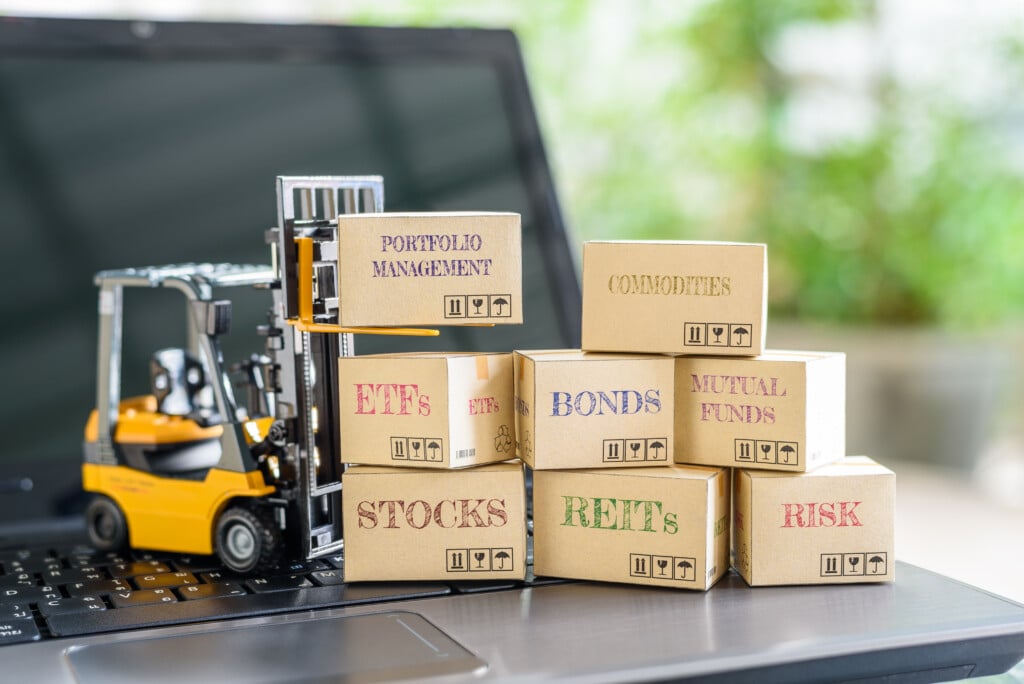When it comes to investment management, one term that you frequently come across is “Assets Under Management” (AUM). Whether you are an individual investor or a financial professional, understanding AUM is crucial in assessing the performance and scale of an investment firm. In this comprehensive guide, we will delve into the nitty-gritty details of what AUM is, its significance, and how it affects investors.
:max_bytes(150000):strip_icc()/assetmanagement-93468a062b964a6fa198afe0bfa543d6.jpg)
Credit: www.investopedia.com
Table of Contents
What are Assets Under Management (AUM)?
Assets Under Management refers to the total market value of the investments that an investment firm, such as a mutual fund, hedge fund, or wealth management firm, manages on behalf of its clients. It includes various asset classes such as stocks, bonds, cash, real estate, commodities, and more. AUM represents the total size of the investment portfolio handled by the firm.
Why is AUM Important?
AUM is a critical metric for investors as it provides insights into the financial health and credibility of an investment firm. Higher AUM generally indicates that the firm is trusted by a large number of investors, and it may suggest that the firm has solid investment strategies and track record. Investors often consider the AUM of a firm when deciding whether to invest their hard-earned money.
Furthermore, AUM is also important for the investment firm itself. It serves as a key performance indicator, reflecting the success or failure of the firm’s investment strategies. Higher AUM means more revenue for the firm, as they typically charge management fees based on a percentage of AUM. This revenue helps the firm cover its operating expenses, research costs, and compensate their investment professionals.
Calculation of Assets Under Management
To calculate the AUM of an investment firm, you simply need to sum up the market values of all the investments managed by the firm. Typically, this is done on a periodic basis, such as daily, monthly, or quarterly. The AUM figure is dynamic and changes as the value of investments fluctuates, and new investors join or existing investors withdraw their funds.
It’s worth noting that AUM does not include the firm’s own investments or assets of its employees. It only represents the investments of external clients.

Credit: fastercapital.com
Impact of AUM on Investors
For individual investors, AUM is a crucial factor to consider when selecting an investment firm or fund. Higher AUM often indicates stability and expertise, implying that the firm has successfully managed the investments of numerous clients. It can also suggest that the firm has access to more resources, advanced technologies, and a broader range of investment opportunities.
However, there are also potential downsides to investing in a firm with extremely high AUM. As the AUM increases, it may become more challenging for the firm to generate significant returns, as it could limit their ability to invest in smaller, high-growth opportunities. Additionally, larger firms may have a standardized investment approach, which might not suit the individual investment preferences of all clients.
Conclusion
Assets Under Management (AUM) is a key metric used in the investment industry to assess the scale and performance of an investment firm. It represents the total market value of investments managed by the firm on behalf of its clients. AUM is significant for investors as it provides insights into the financial health, credibility, and track record of a firm. It is also important for the firm itself as higher AUM means more revenue and resources for the firm. When choosing an investment firm, it’s essential to consider the AUM, but also understand the potential impact of size on investment strategies. A balance between size and flexibility is often crucial to better meet individual investment needs.
